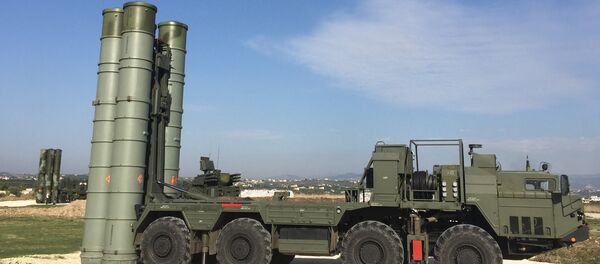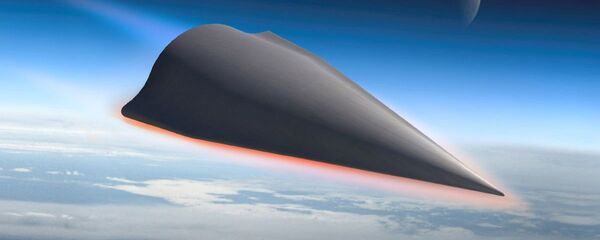Syring also said that the MDA needs at least $23 million to develop a "low-power laser"to intercept advanced highly maneuverable, ultra-fast and elusive weapons like the ones that are currently under development in Russia and China. The laser could be tested no sooner than 2021.
US lawmakers now want the MDA "to develop and field a defensive system to defeat boost-glide and maneuvering ballistic missiles." This amendment was added to the National Defense Authorization Act for Fiscal Year 2017 that still needs to pass through the Congress.
Russia test launched the Yu-71 hypersonic glider using an RS-18A (NATO codename: SS-19 Stiletto) strategic ballistic missile from a missile deployment area in the Orenburg Region in the country's east. The weapon is said to have a maximum speed of 11,200 kmh (7,000 mph). Unconfirmed reports suggest that it could enter service by 2025.
"Hypersonics is one of the areas where the Chinese and the Russians appear to be ahead of the US," former military intelligence officer Larry Wortzel told the Washington Free Beacon. "This comes at a time when there is little progress on directed energy weapons for the US."
Russia's cutting-edge S-500 missile defense system is said to be capable of intercepting hypersonic missiles among other things.



